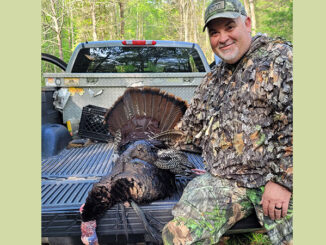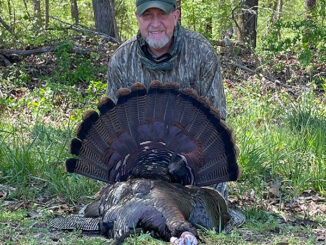
SCDNR tracks sturgeon to northern reaches of Wateree watershed.
The South Carolina Department of Natural Resources has tracked two electronically-tagged shortnose sturgeon to the upper reaches of the Wateree River, the first time in decades this rare fish has been found in the Wateree.
According to biologist Bill Post of SCDNR, it’s also the farthest upriver the species has ever been discovered; one fish journeyed north just above the US 1 bridge, and the other swam to the base of the Wateree Dam.
The upper section of the Wateree River is rocky, making it the perfect breeding ground for shortnose sturgeon, but pollution, excessive harvesting and the building of dams essentially eliminated these fish from the Wateree. Sturgeon prefer living in saltwater, traveling into rocky, freshwater rivers to spawn. A small population exists in the Santee Cooper lakes, Moultrie and Marion, and in the Congaree River.
Environmental groups and the National Marine Fisheries Service have long argued that Duke Energy, which operates Wateree Dam, needs to do much more to aid sturgeon.
One item of contention is the amount of water that is regularly released from the dam. The NMFS has said more water needs to be released to encourage these fish to breed here, but Duke Energy has long argued that no shortnose sturgeon have been present in the area for a century, so they should not be expected to accommodate it.
Now that these fish have been found, Erin Culbert, a Duke Energy spokeswoman said this proves the conditions are fine.
“This indicates that Duke’s hydro operations are not adversely restricting their movement,” she said.
The NMFS and SCDNR disagree, along with the conservation group American Rivers. They say young sturgeon rely on hiding in the shoals of rivers, but fewer shoals are present when water levels stay low. Much is at stake for Duke Energy as it goes through a federal relicensing process; it has agreed to increase the amount of water released from the dam — but not as much as conservation groups request.
The two fish that have been tracked into the Wateree were part of a study conducted by SCDNR in which 18 sturgeon were implanted with electronic tracking devices. Researchers then released the fish into the tailrace of the Cooper River below the Lake Moultrie Dam. To date, only these two have made it out of the tailrace, traveling 80 miles upstream.
Shortnose sturgeon are an endangered species, typically growing to a maximum of four feet and weighing up to 50 pounds. It is illegal to keep any sturgeon caught in South Carolina waters, and anglers who catch one are encouraged to e-mail a photograph of the fish to Dr. Mark Collins.





Be the first to comment